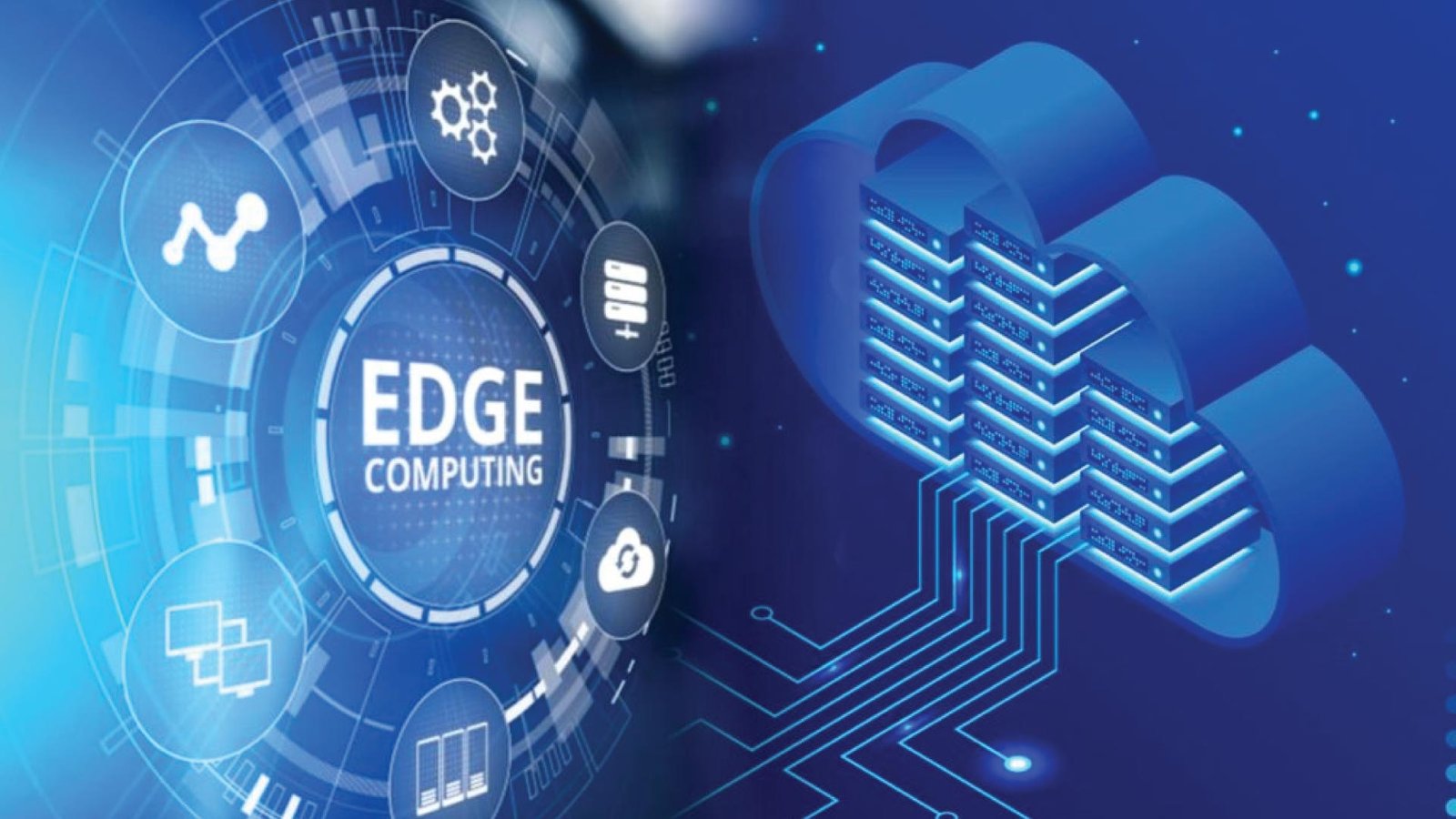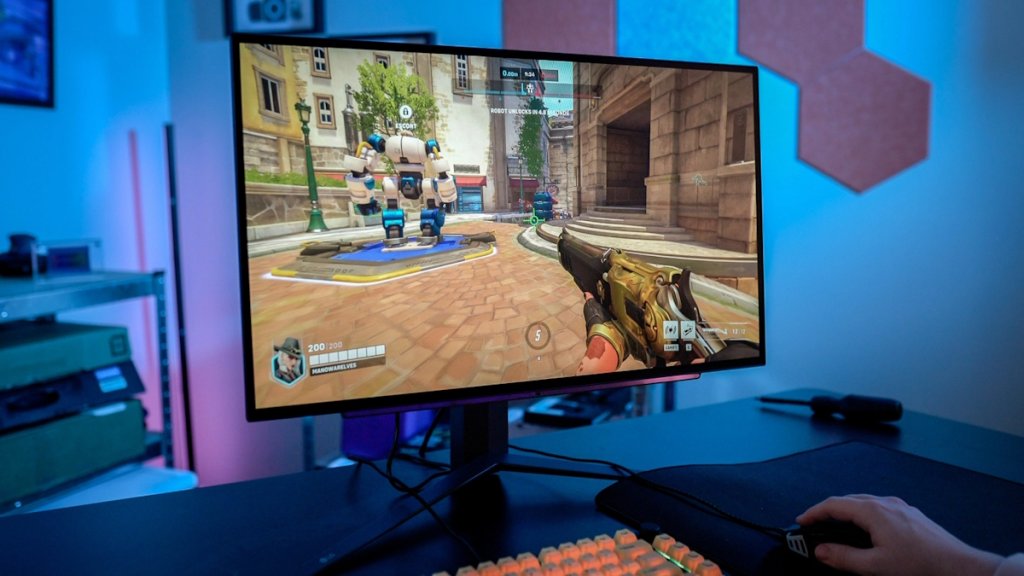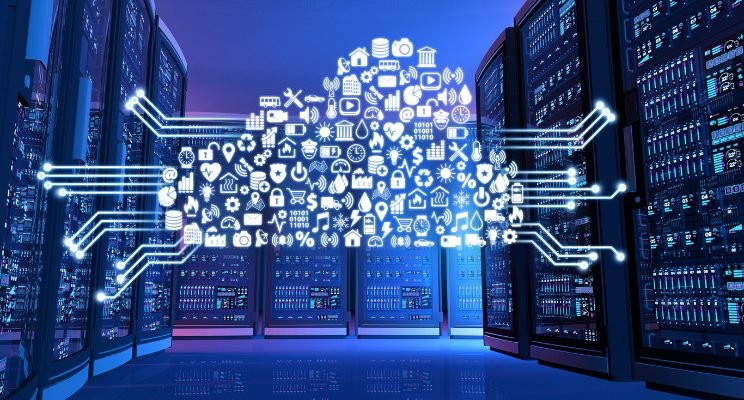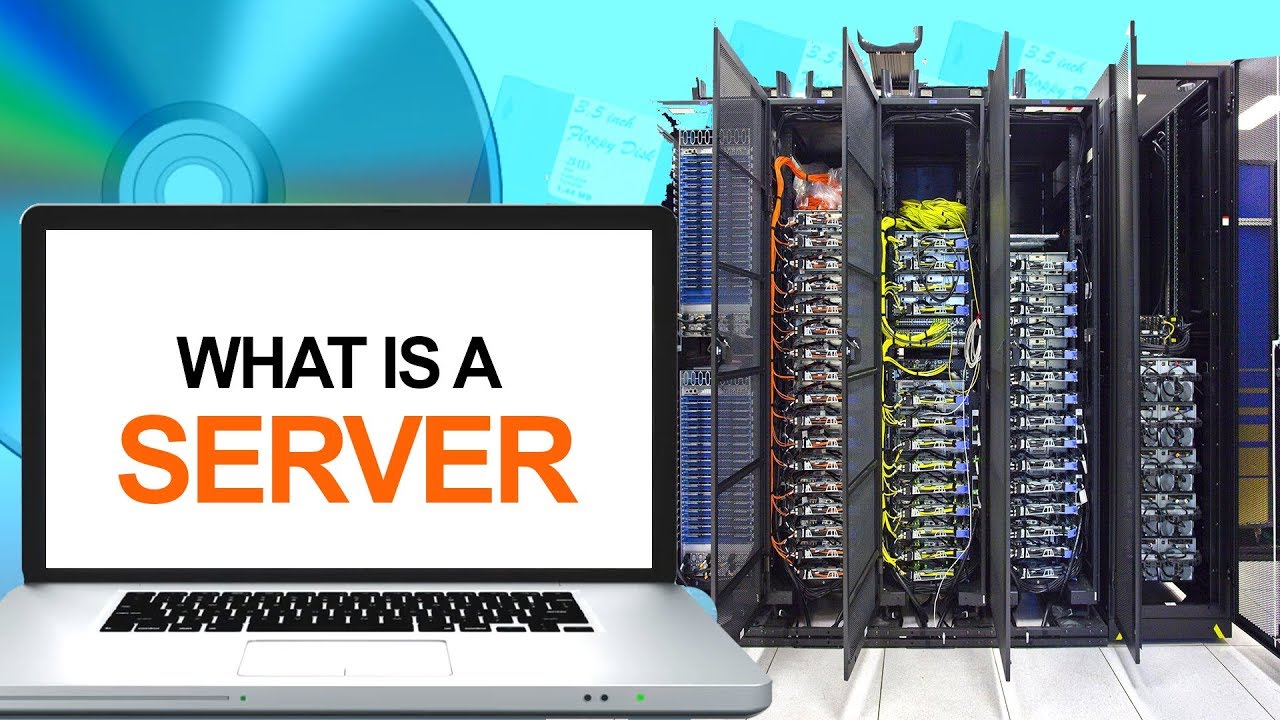Top 10 Real-World Applications of Edge Computing

Contemporary society depends on high technology in processing, analyzing, and utilizing data. One of the powerful ways to manage this is through the use of edge computing which processes data nearer to the source of collection, making the process happen faster.
Edge computing is applied to many fields, and it makes people’s daily work and life easier and savvier. Now let’s see where this concept comes to its glory.
How Edge Computing Boosts Data Processing Efficiency
Here is how advanced technology is revolutionzing the way modern tech works. Here are all the benefits and challenges with edge computing:
1. Smart Cities
Technology is being applied to solving traffic, energy, and safety challenges in urban areas to make cities smarter. For example:
- Compared to conventional signaling, traffic lights may operate on adaptive methods with real-time traffic flow.
- Some GPRS-fitted trash cans alert an operator when they are full so that they do not have to be emptied often using a lot of fuel.
- Smart streetlights dim or brighten based on the time or presence of people.
This real-time decision-making takes place at a local level thereby increasing efficiency and decreasing instances of delay.
2. Healthcare Advancements
Edge Computing in healthcare means that information to hospitals and clinics can mean the difference between life and death. Some examples include:
- Smartwatches we wear record our pulse or blood sugar level, if something changes, they signal an issue.
- Implanted devices in operating rooms relay the patient information to the doctors within minimal time to make more decisions.
- Connected devices in an ambulance may send information about a patient to the hospitals and be prepared for a doctor to receive them when they arrive.
3. Self-Driving Vehicles
Self-driven automobiles are as good as computers that are on wheels. They have to decide in a wink of an eye whether it’s time to slow down, change direction, or even increase speed.
Conveying information to a distant server and then getting a response will take a very long time. On the contrary, data processing takes place on the car’s computer without involving a third-party platform.
- Laser sensors or vision cameras identify people or other vehicles on the road.
- Navigation systems change directions depending on the existing flow of traffic.
This local processing helps make travelling safe and hassle-free.
4. Smart Homes
Everyone can see that today’s homes are filled with connected devices starting from voice assistants with smart thermostats. With the help of edge computing these gadgets:
- Switch on the lights whenever you are in a particular room.
- Control the locking of doors either manually or on a specific timetable.
- Control temperature based on weather conditions and the presence of an individual.
5. Industrial Automation
Manufacturing, inspection, and packaging are some of the things that factories assign machines and robots to do. Localized processing helps by:
- Identifying surface defects in products immediately.
- Measuring equipment condition in order to estimate the time left before the stoppage of equipment and thereby avoid costly downtimes.
- Programmable robots to guide to give precise movements.
6. Gaming and Virtual Reality
Gaming has advanced enormously, and most of the games are now played over the internet or through virtual reality (VR). For a smooth experience:
- The downside of this model is that data needs to be processed as soon as possible with as little delay (lag) as possible.
- For a VR system, movements have to feel immediate in order for the system to compensate for them with instant feedback.
7. Retail and Shopping
Retail stores use edge computing to improve customer experiences:
- Online sales booths suggest products based on the history of visits.
- Inventory is tracked through sensors and replaced when they drop to a certain level.
- Customers’ behavior is monitored by cameras to enhance the proper store layout.
8. Agriculture
Agriculture has availed edge computing technology to increase productivity and prevent wastage. Local data analysis is used for:
- Observing the soil humidity and the climate in order to know when to irrigate plants.
- Reporting of fields by drones to check invasion by pests or lack of proper growth.
- Subsidiary for implementation of management systems for automated tractors and harvesters for accurate farming.
9. Energy and Utilities
The energy sector employs well-developed systems for resource management. For example:
- The electricity consumption in houses is measured by smart metres which provide tips on how to conserve power.
- Wind turbines rotate and solar panels control energy output with changes associated with the prevailing climate.
- Energy networks identify transmission disruptions and provide electricity to regions that need it most.
10. Security Systems
Many home and office security cameras work on hardware, and all the video signals are processed on the cameras. This helps by:
- It tracks and triggers alarms on every malicious movement as soon as possible.
- Minimizing the number of data transfers over the network to some other server on the internet.
- As seen from the above example it enables quicker response, such as locking of doors in the case of a break-in.
Conclusion
Technologies with data processing nearer to where it is required make many technologies faster and more intelligent. Such applications are crossing over into many facets of our life touching on every sector ranging from healthcare to gaming. It has made it possible for the world to cut on delay times, conserve energy, and make decisions when they are imperative.









